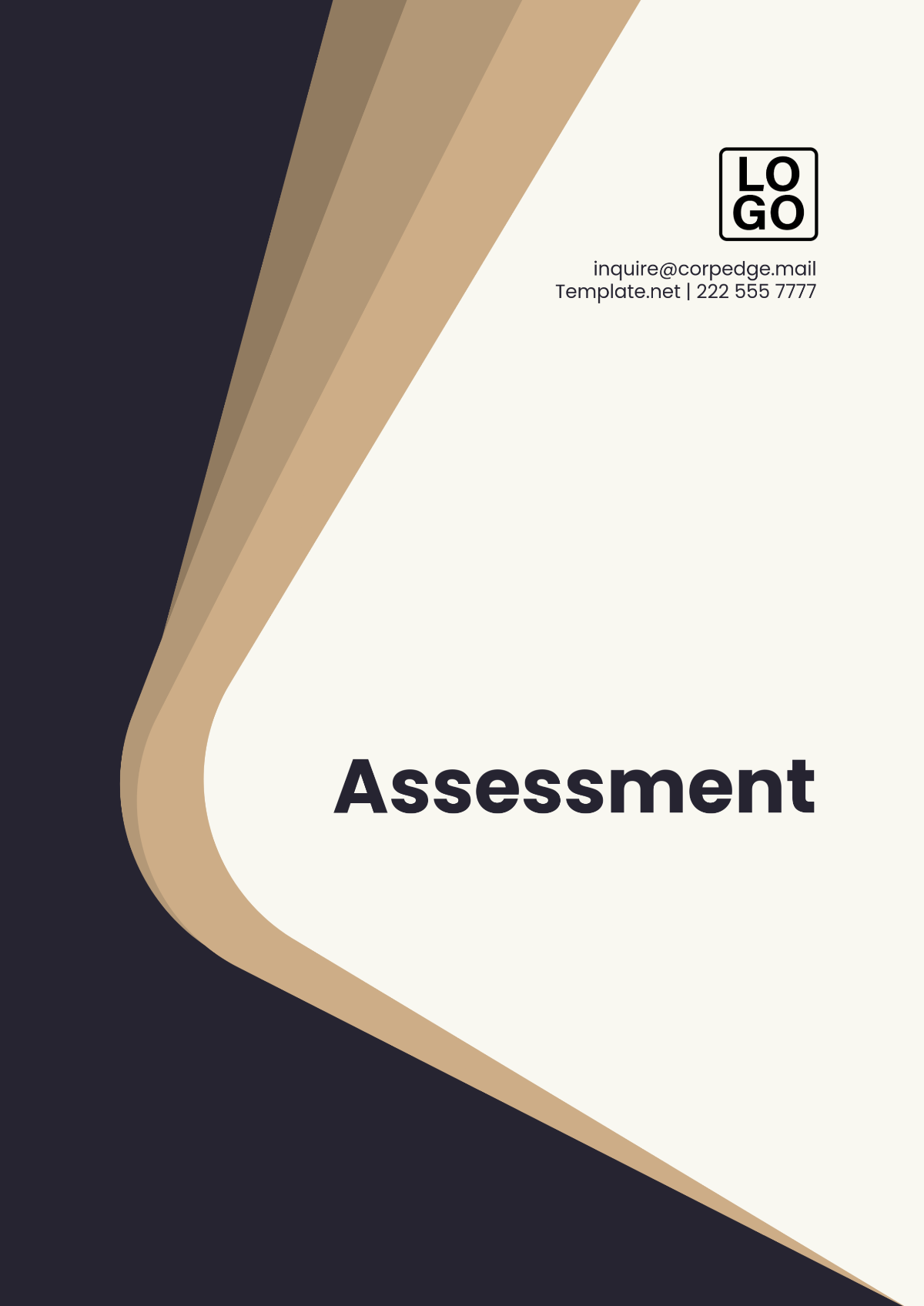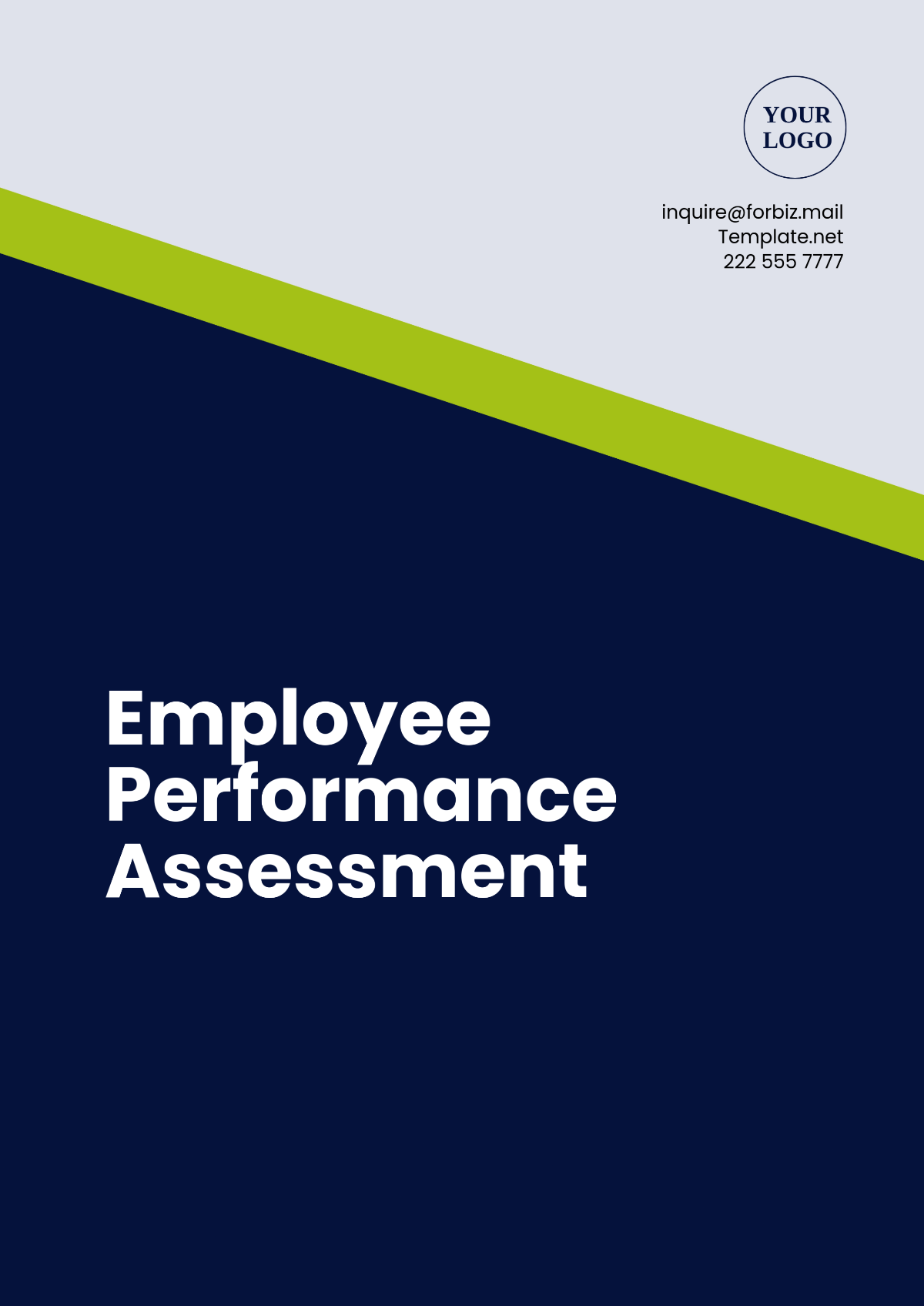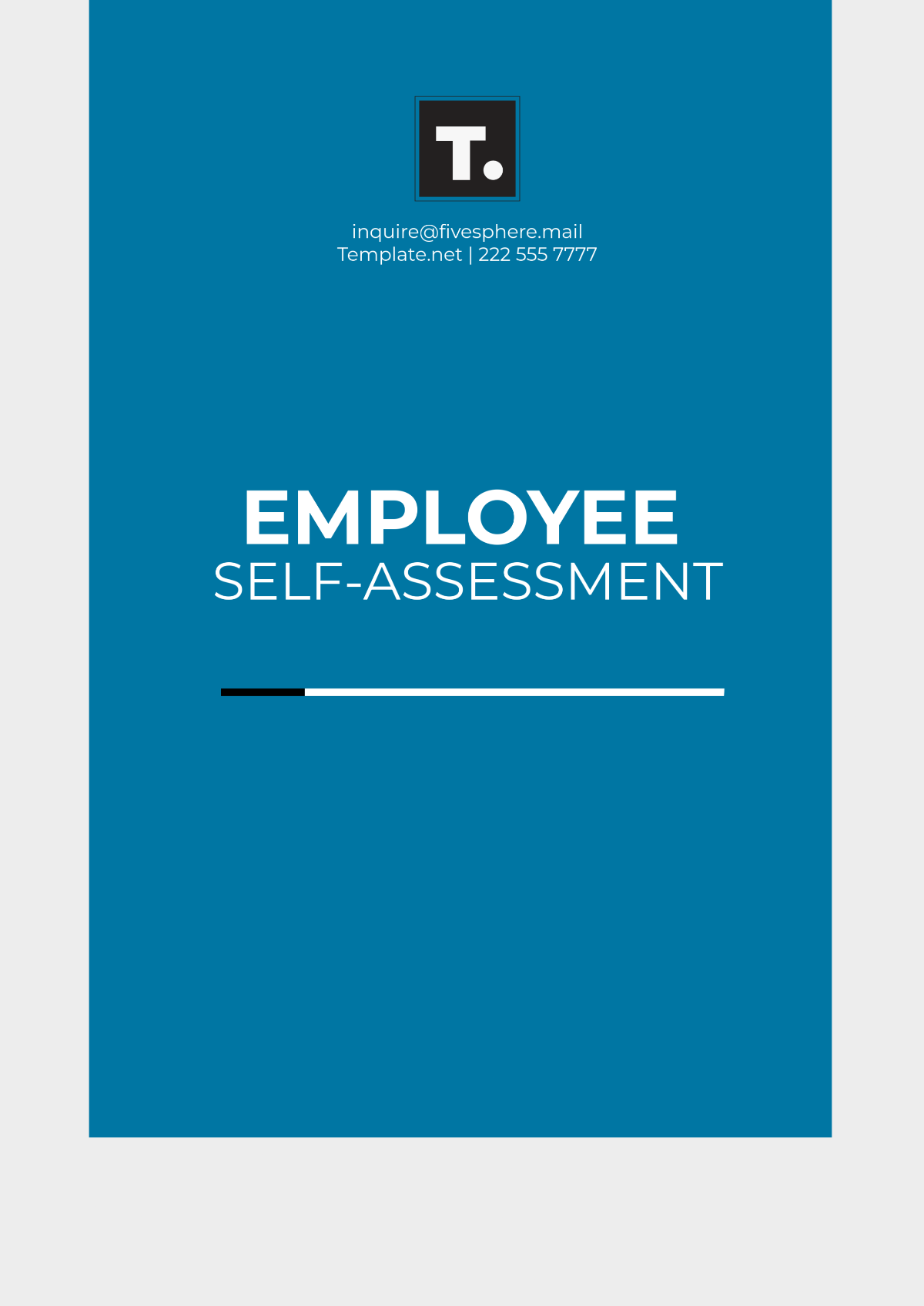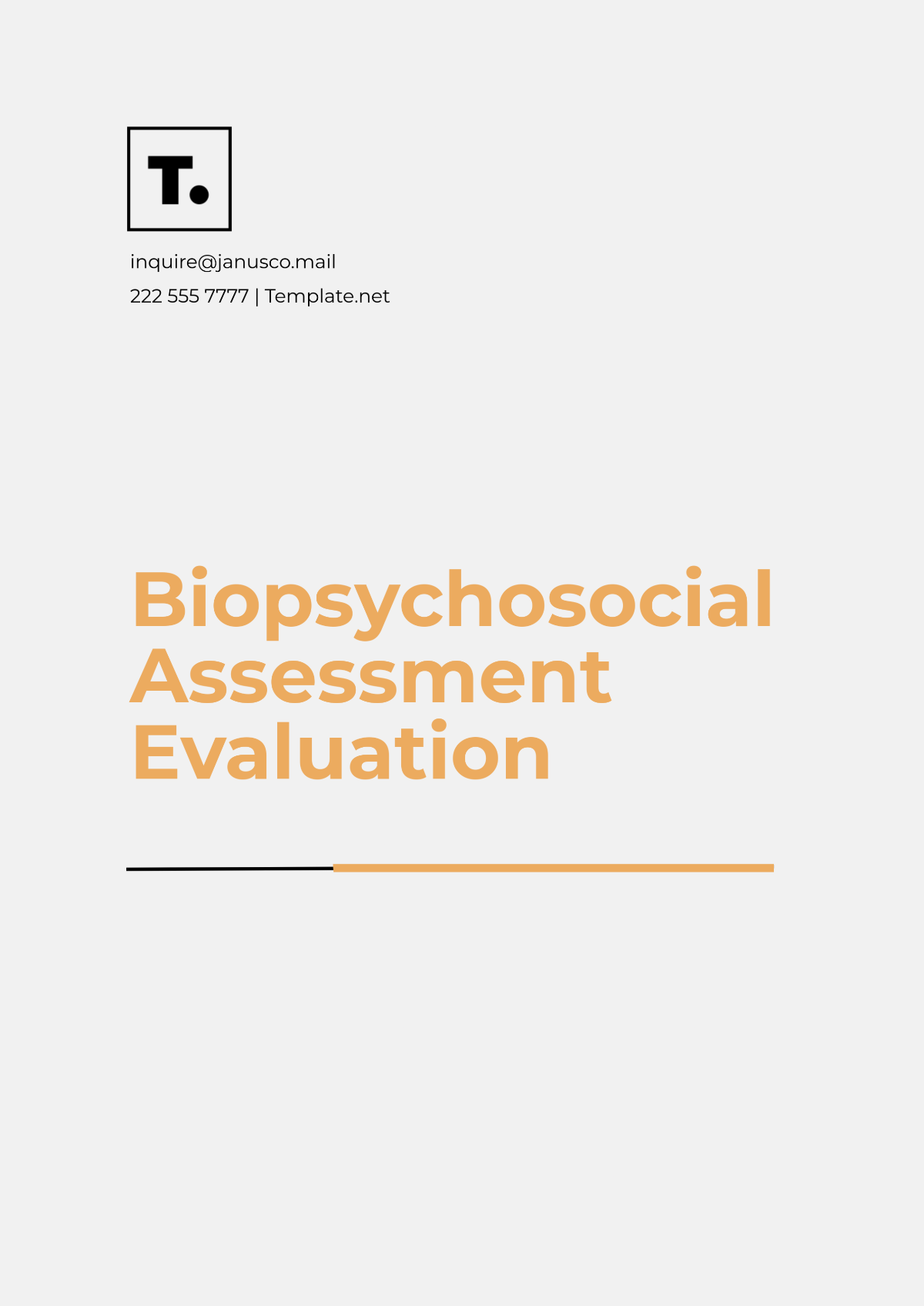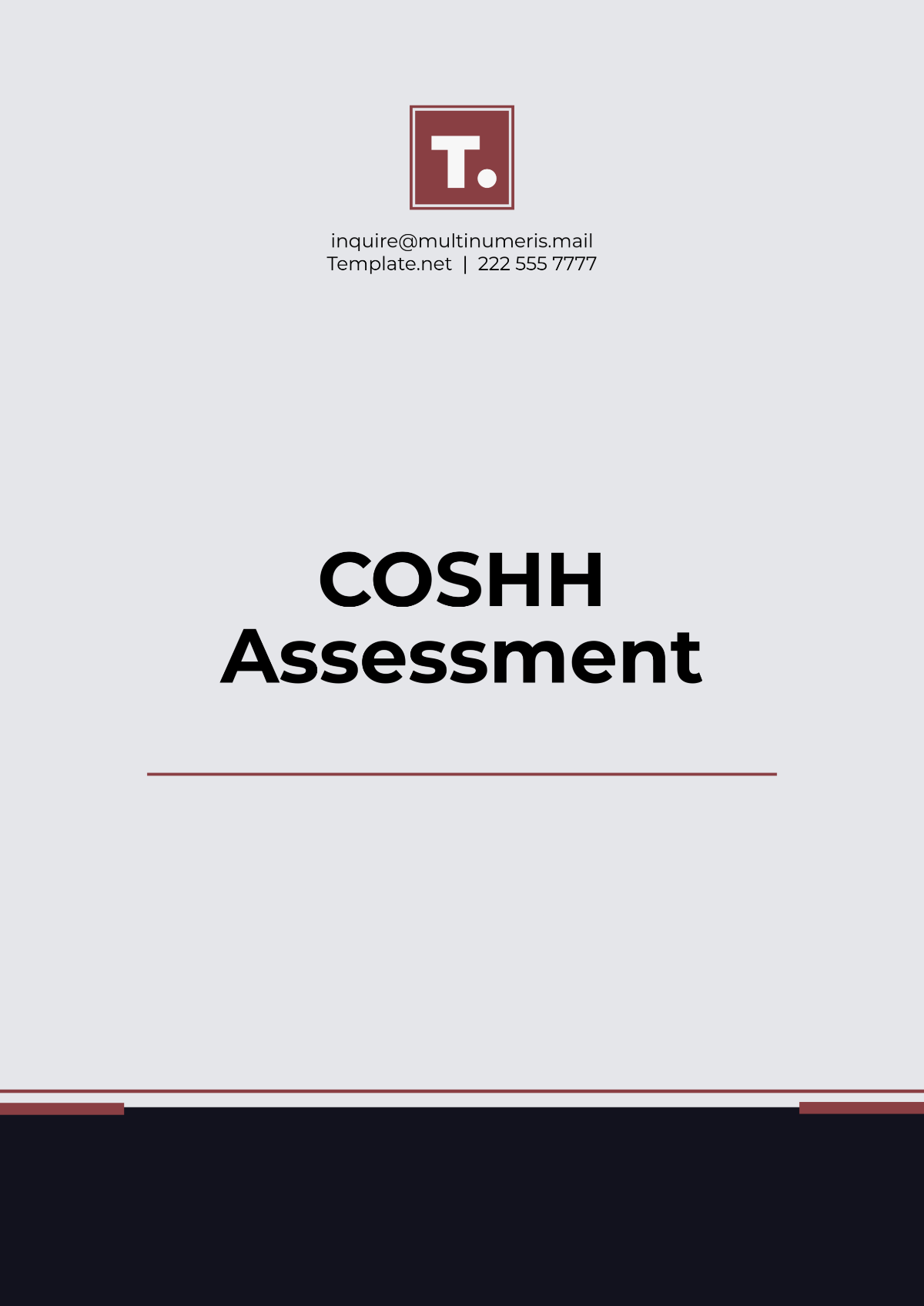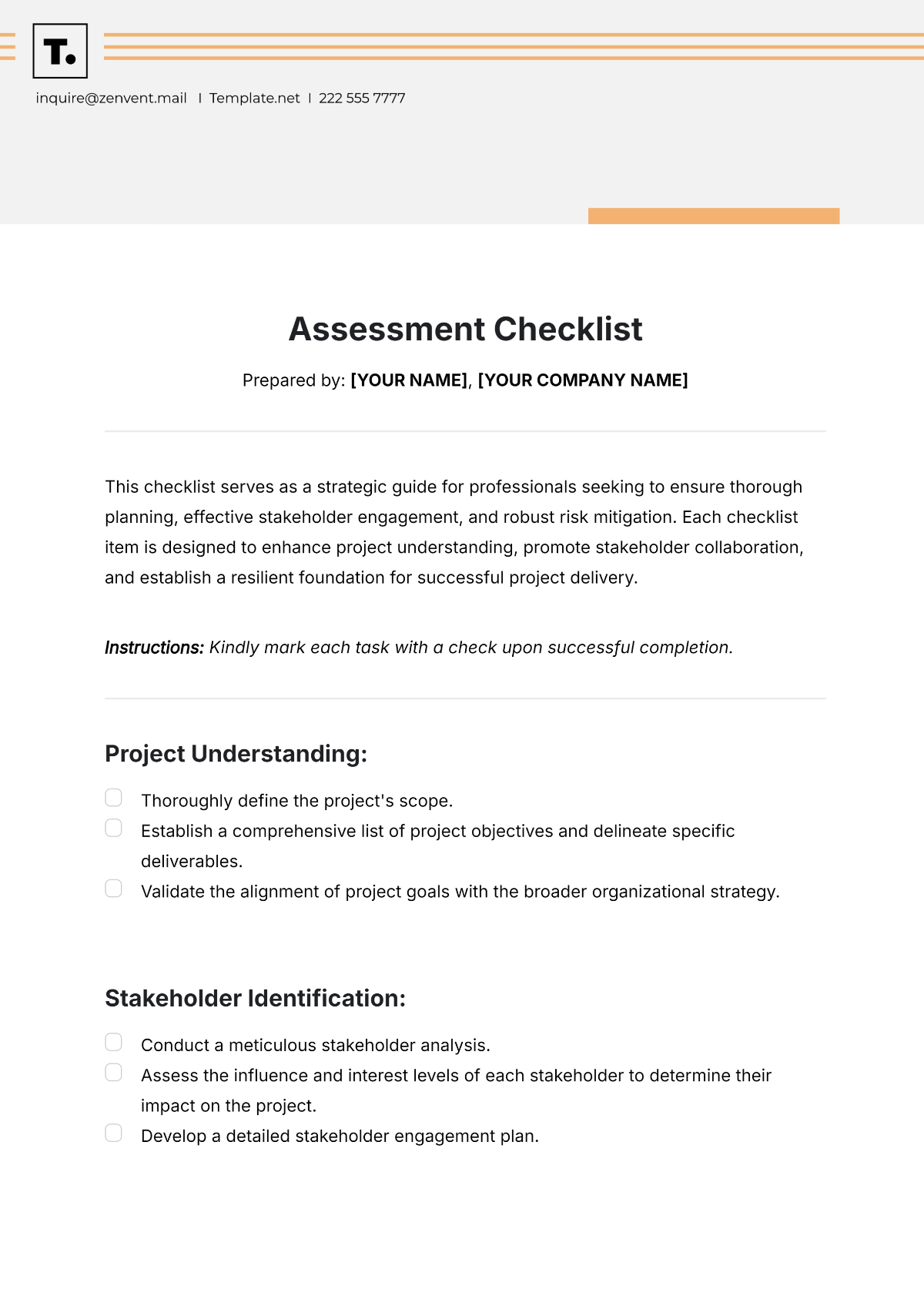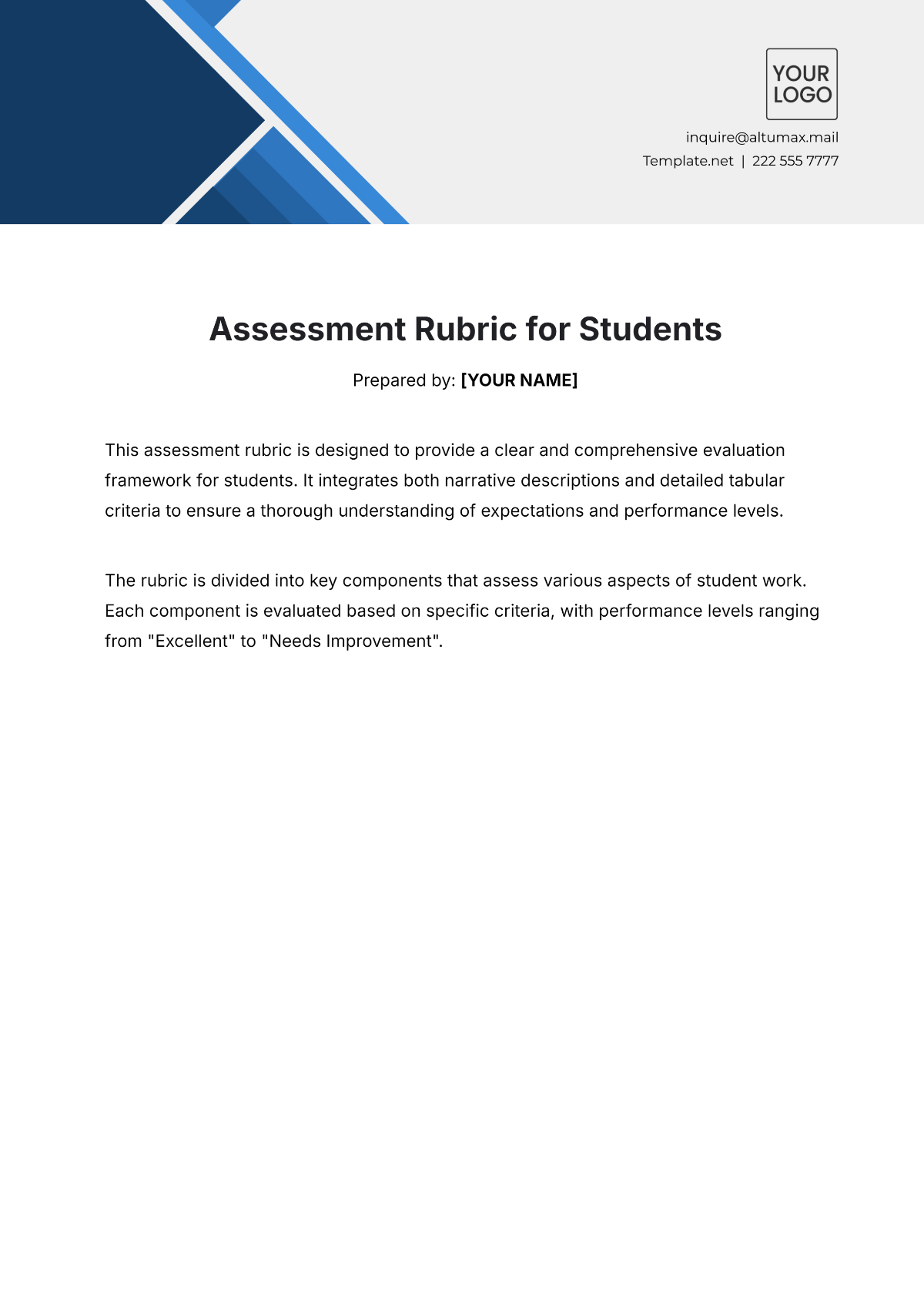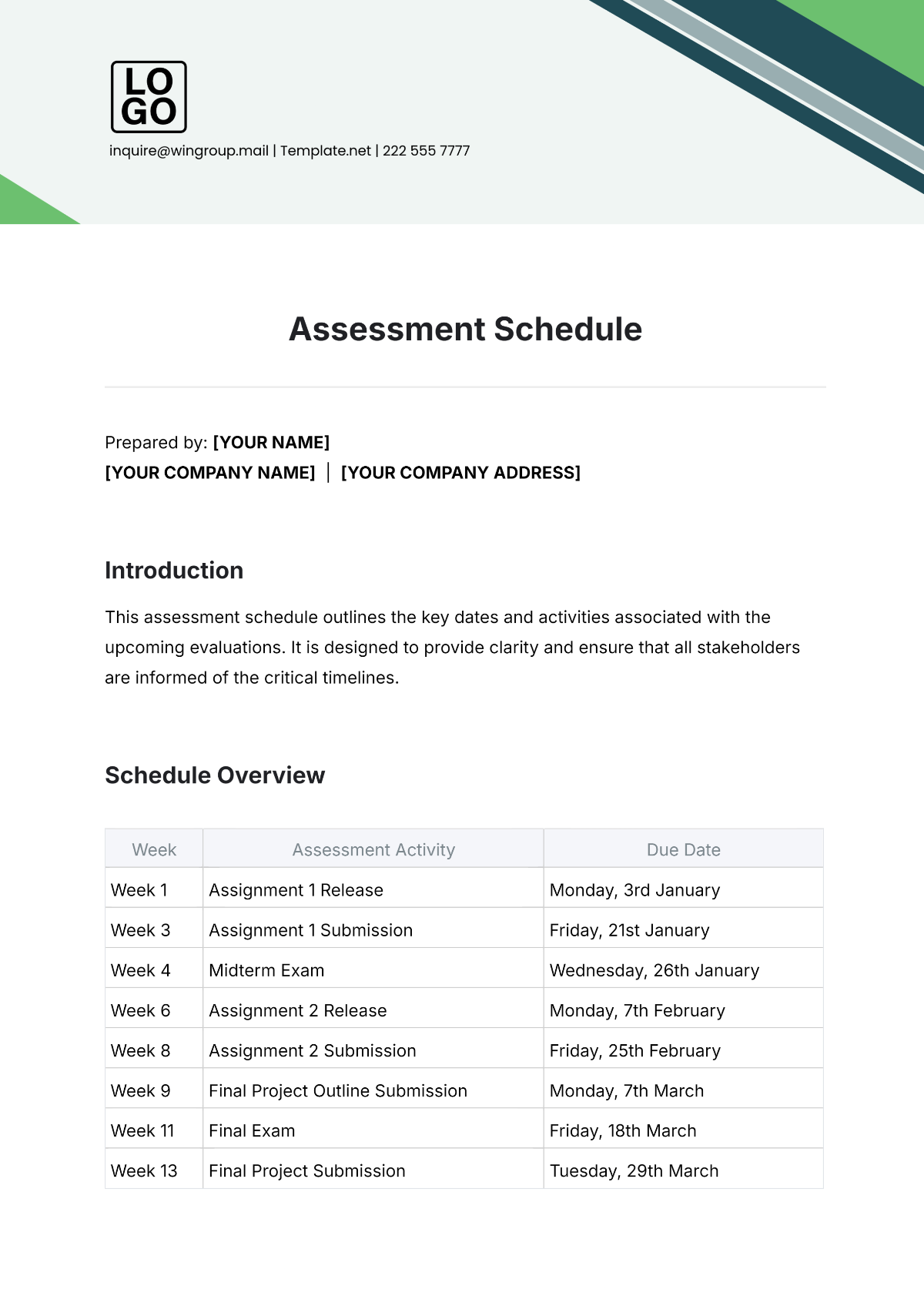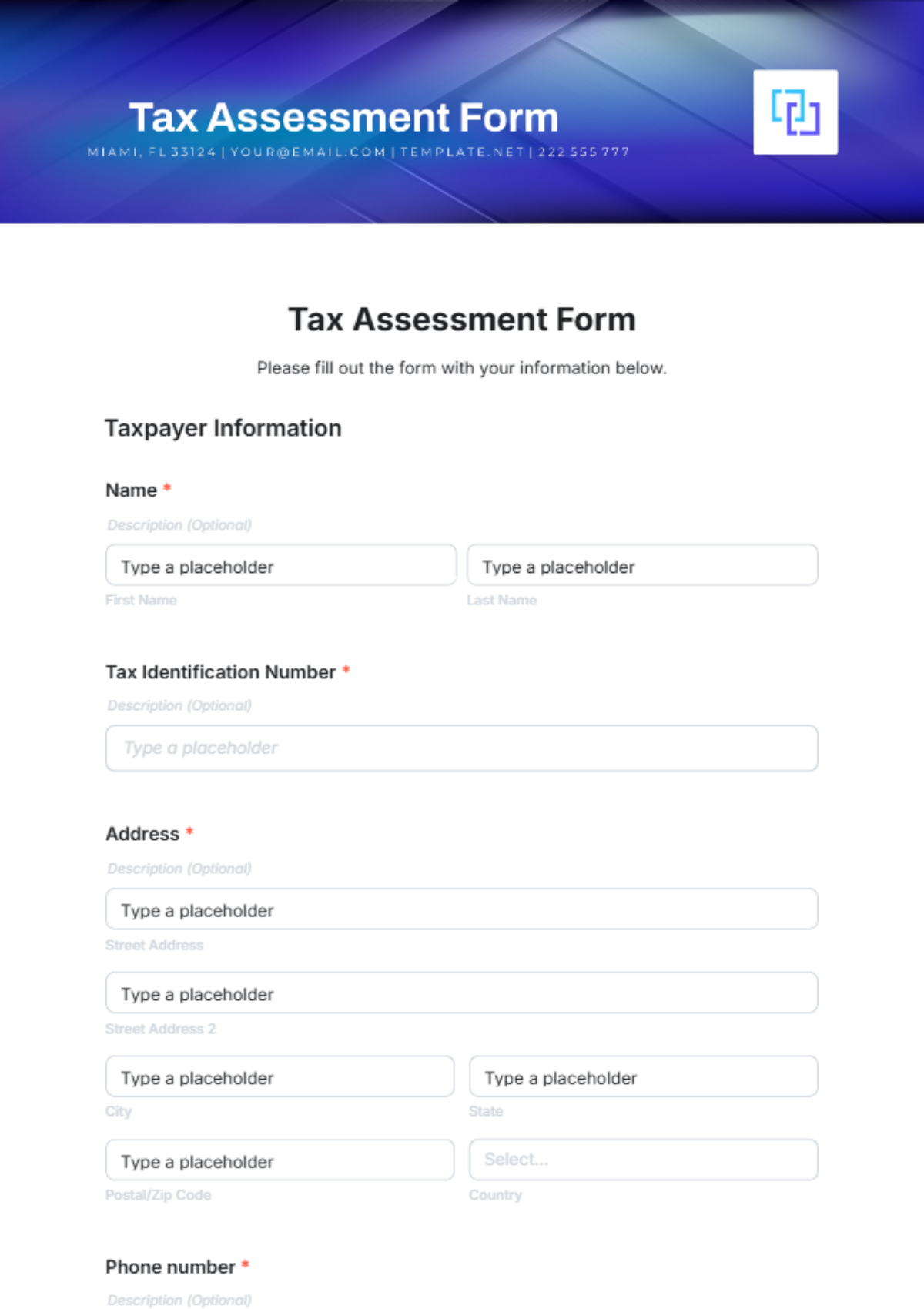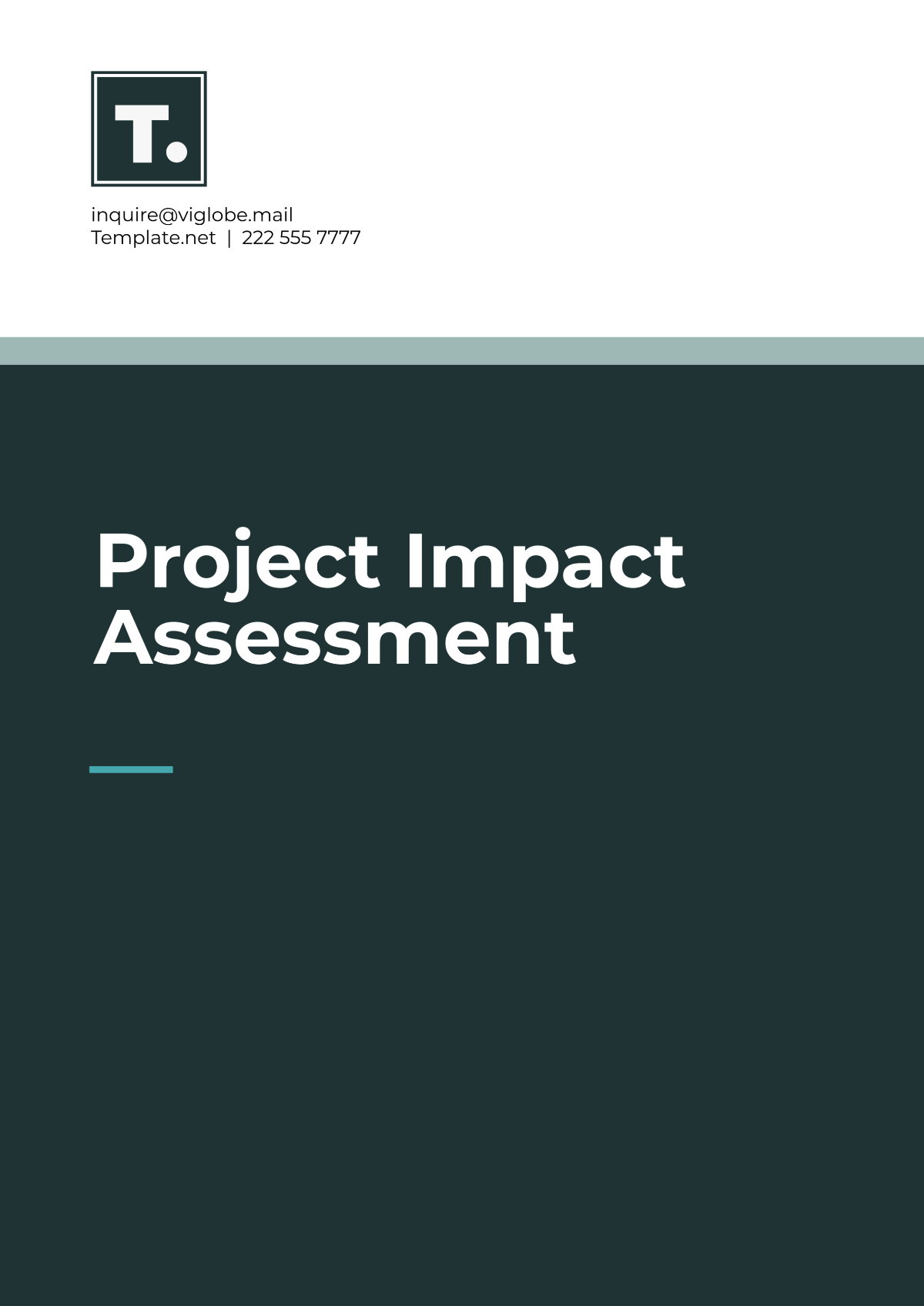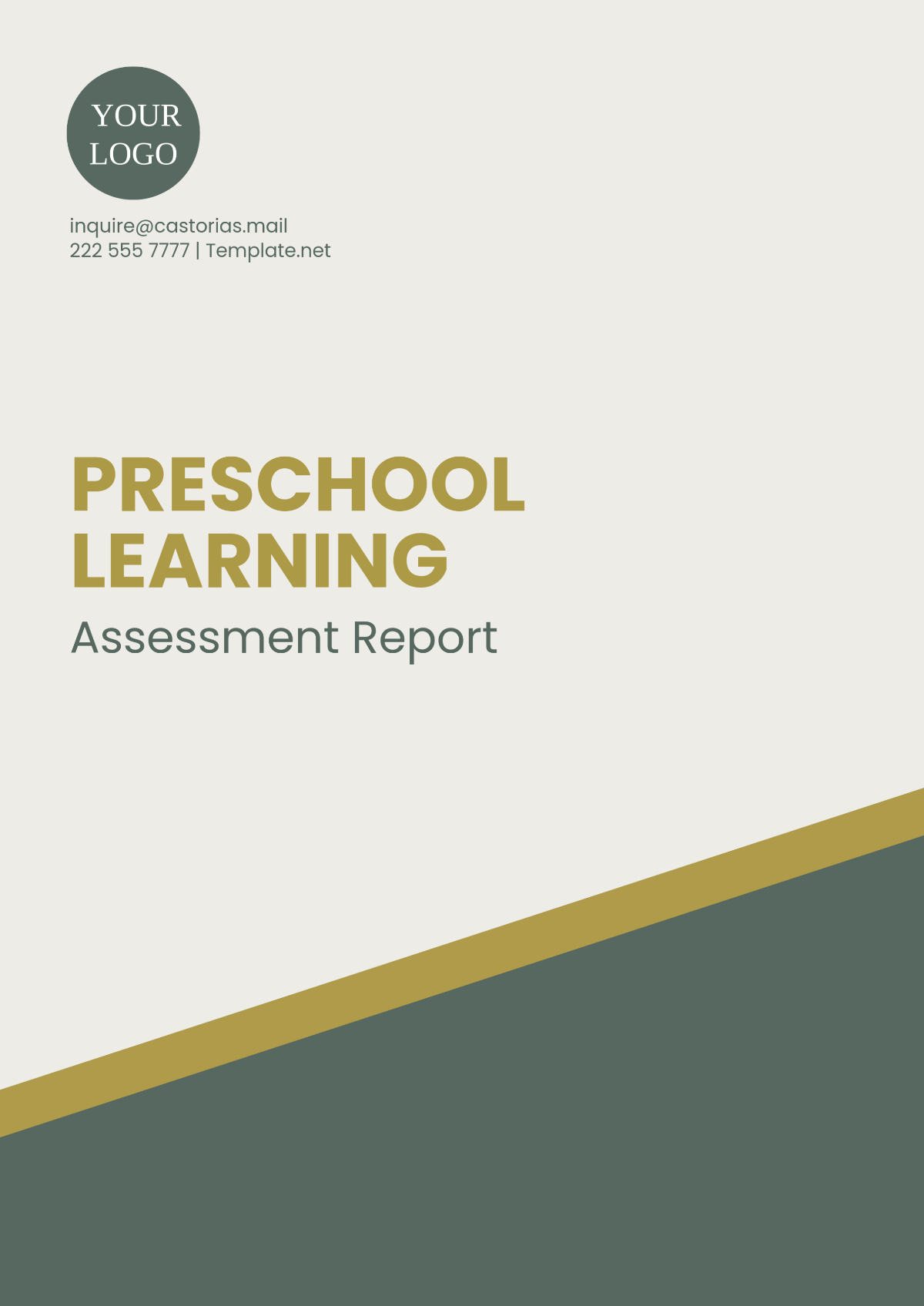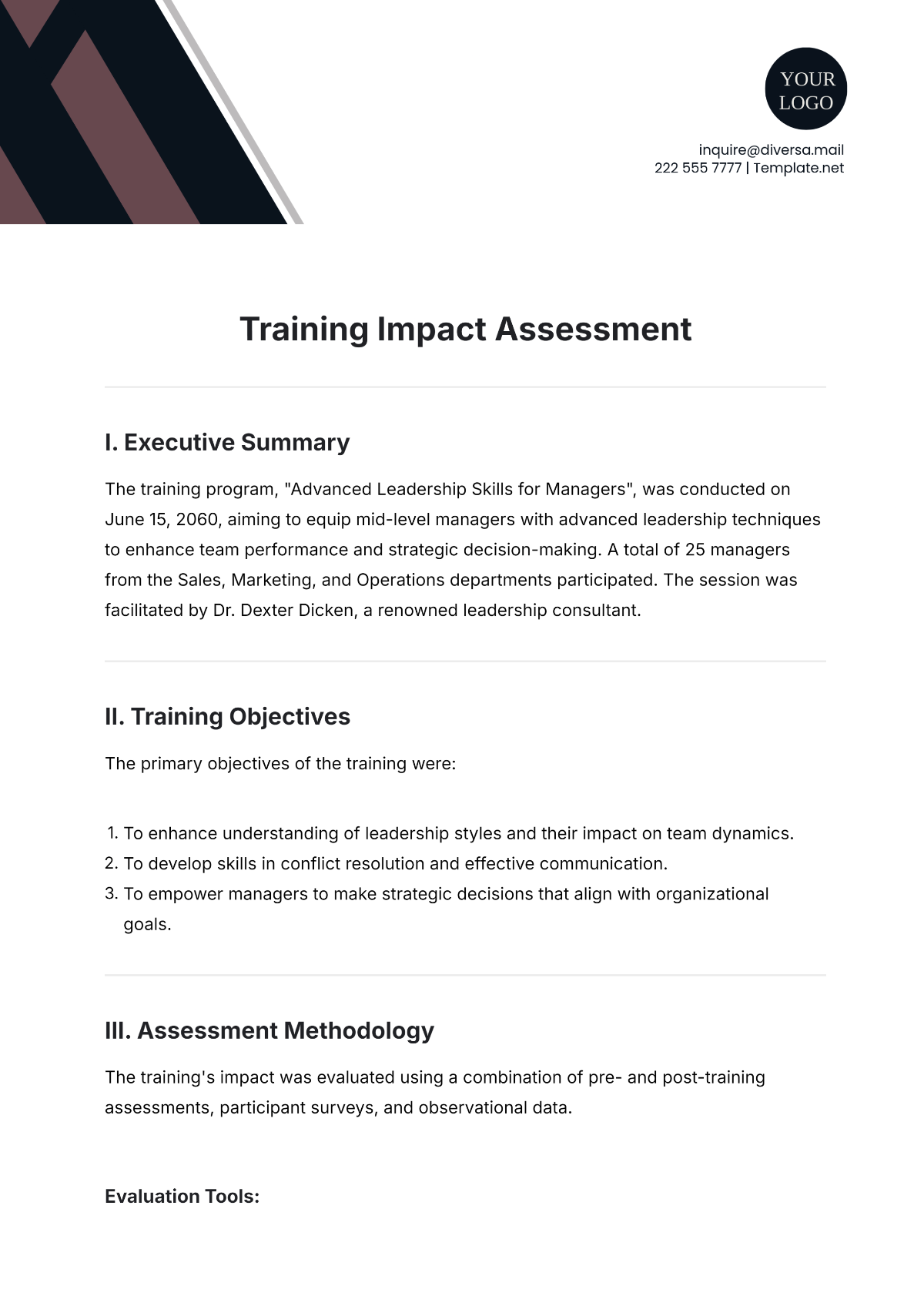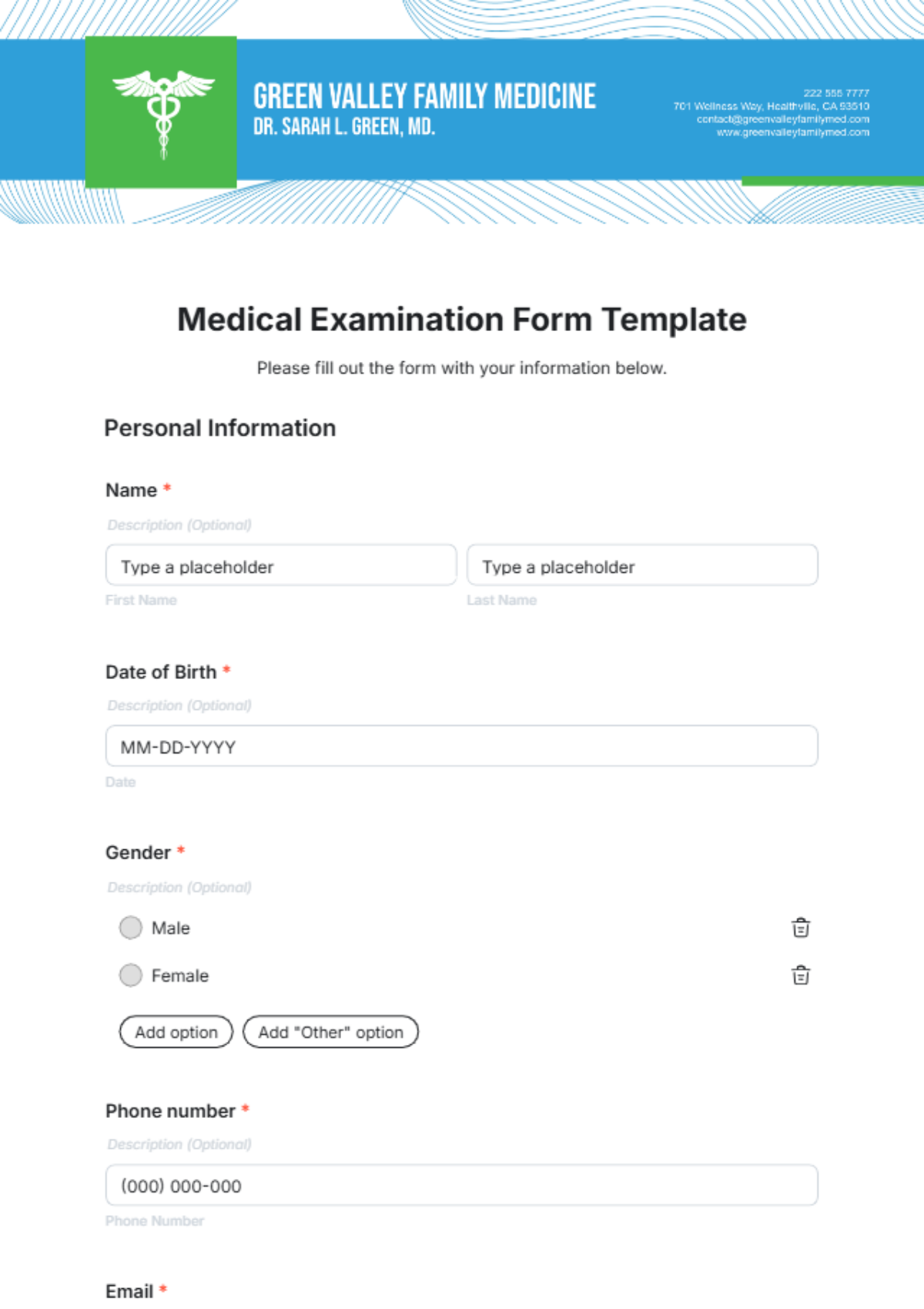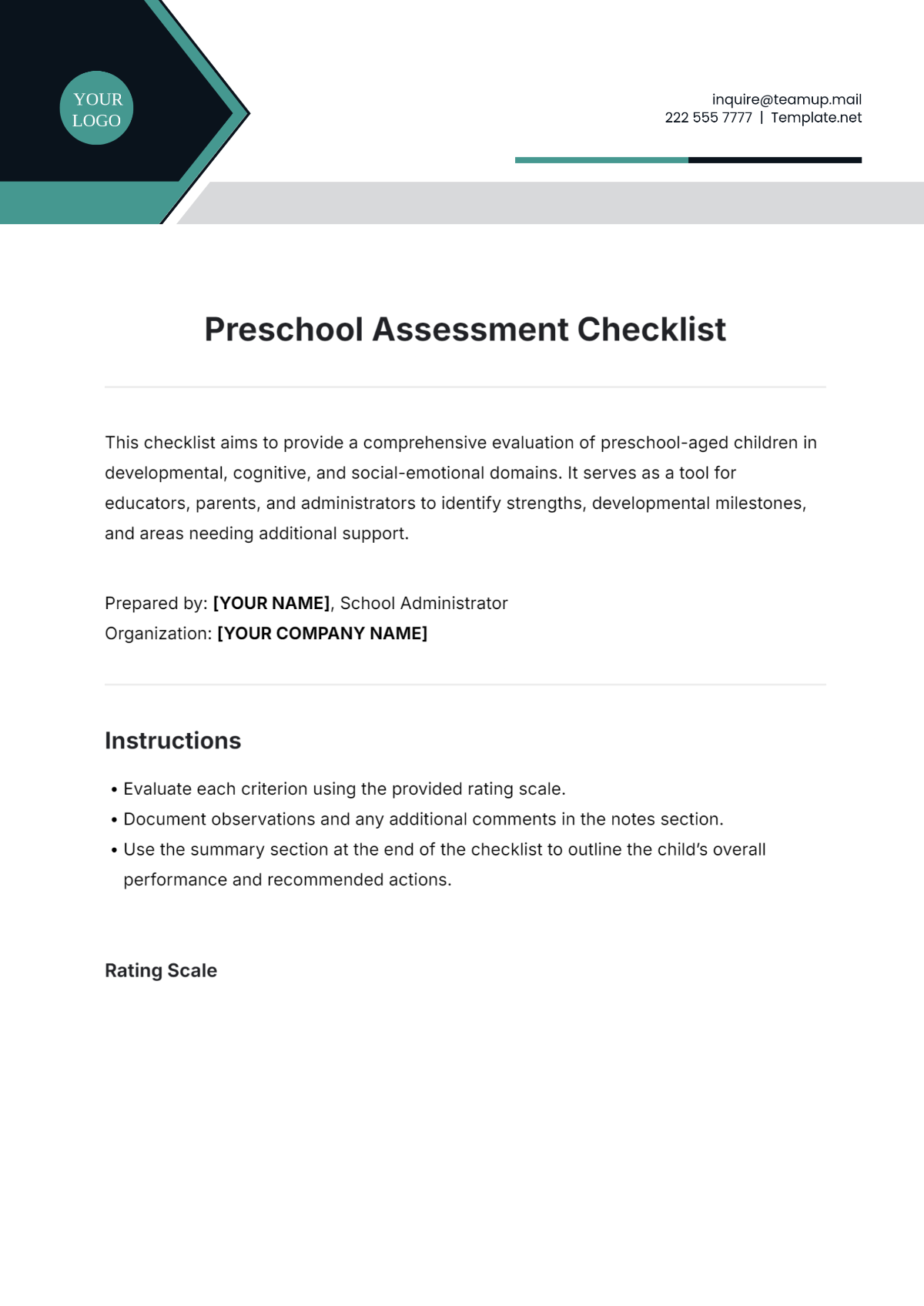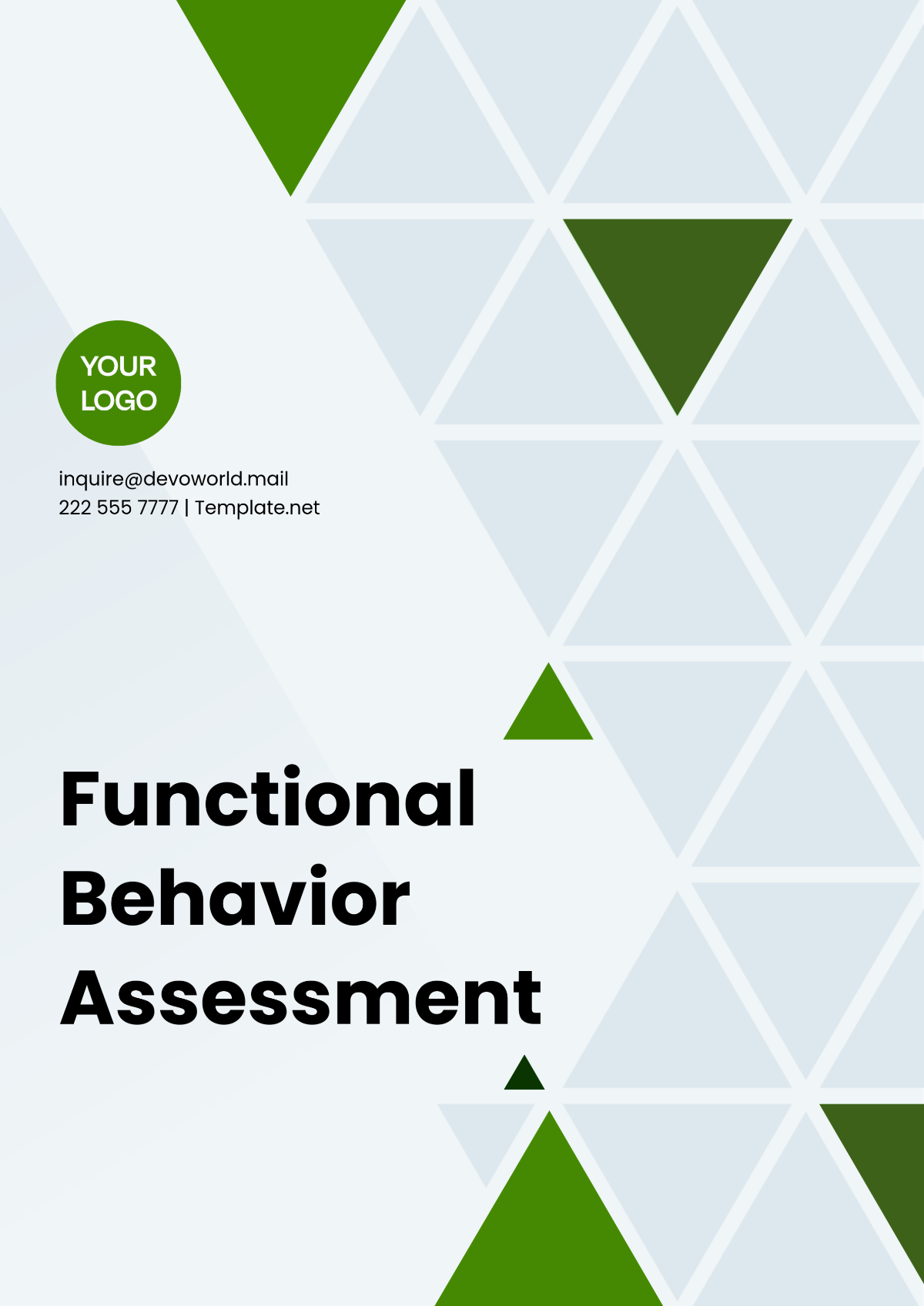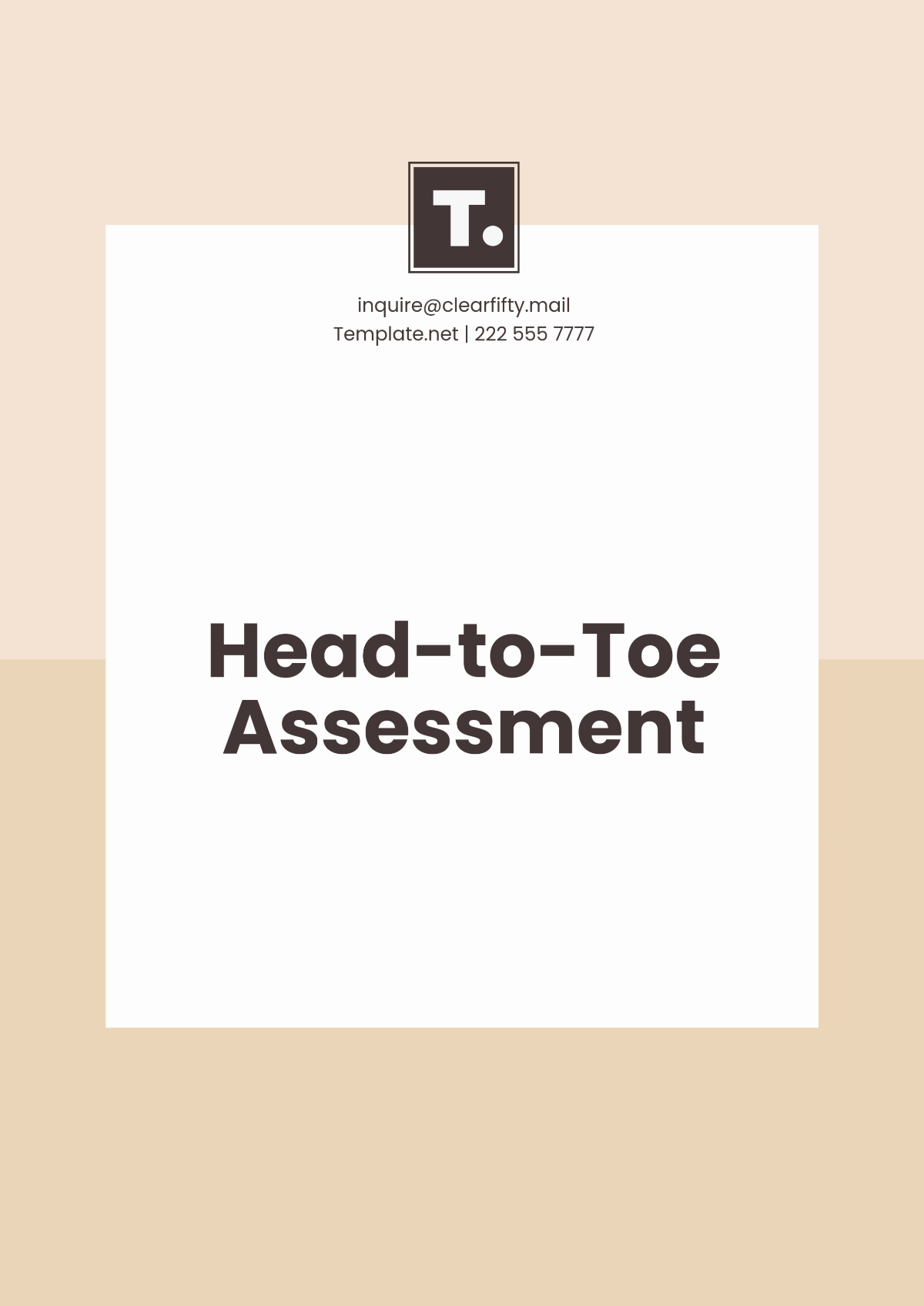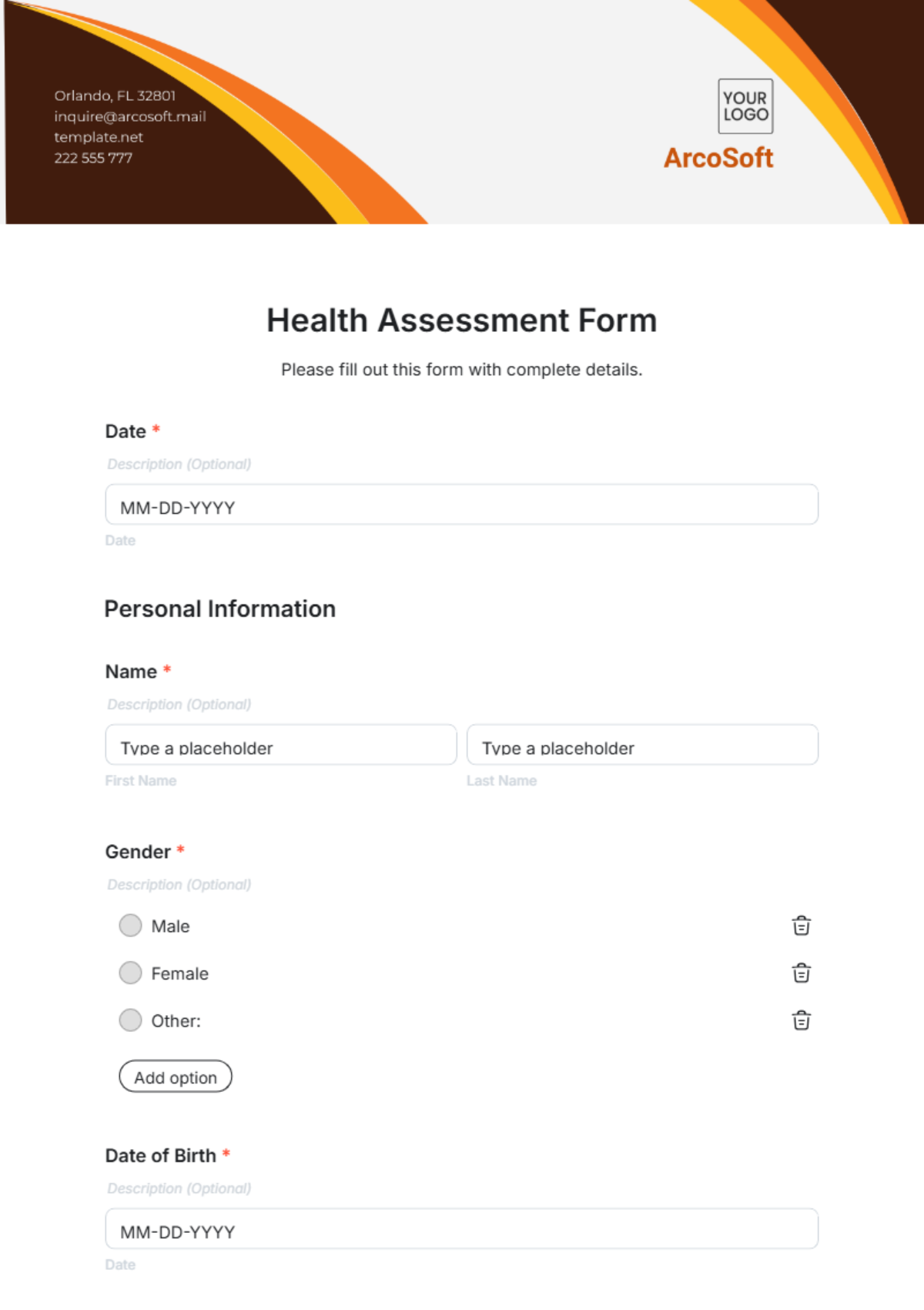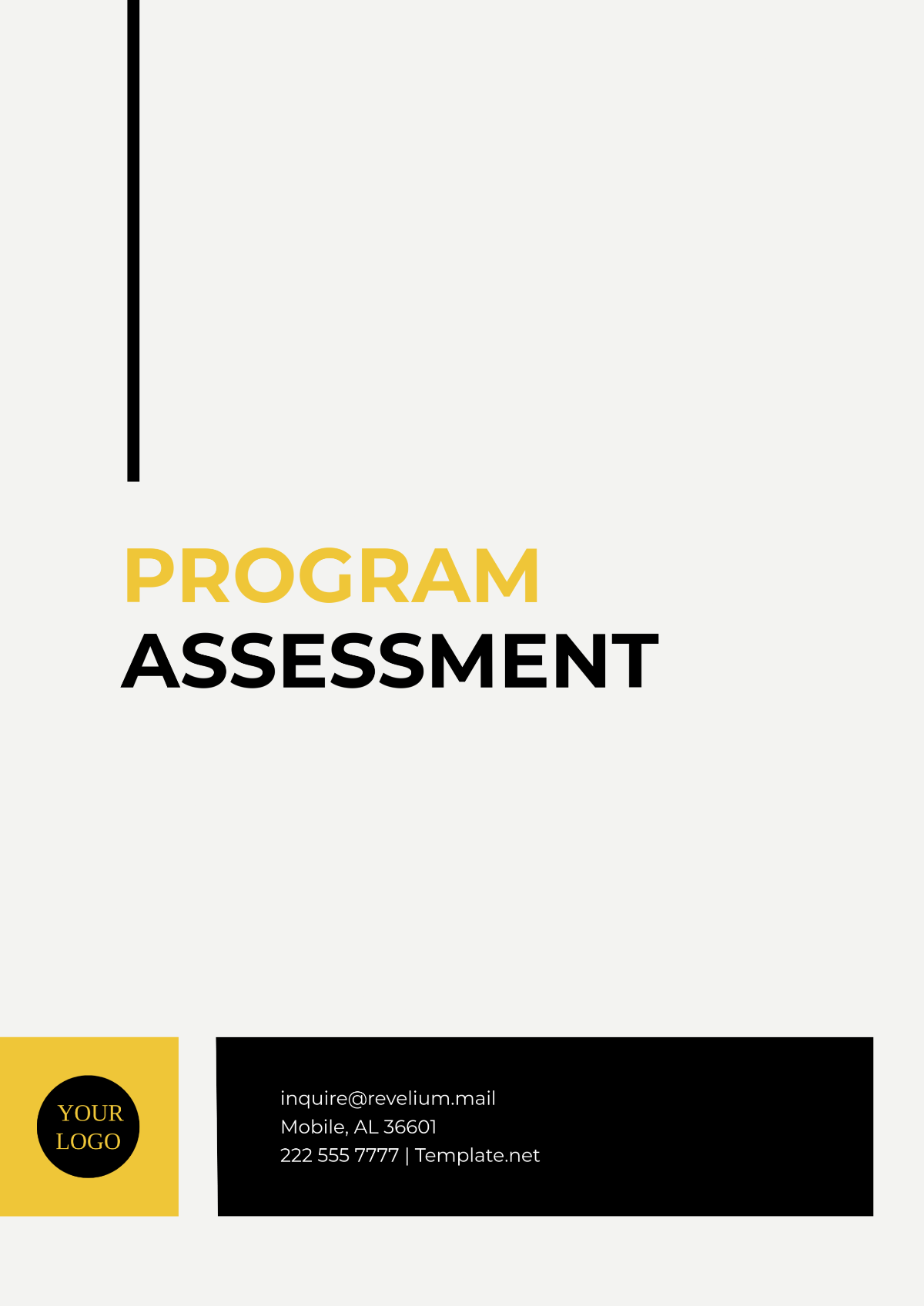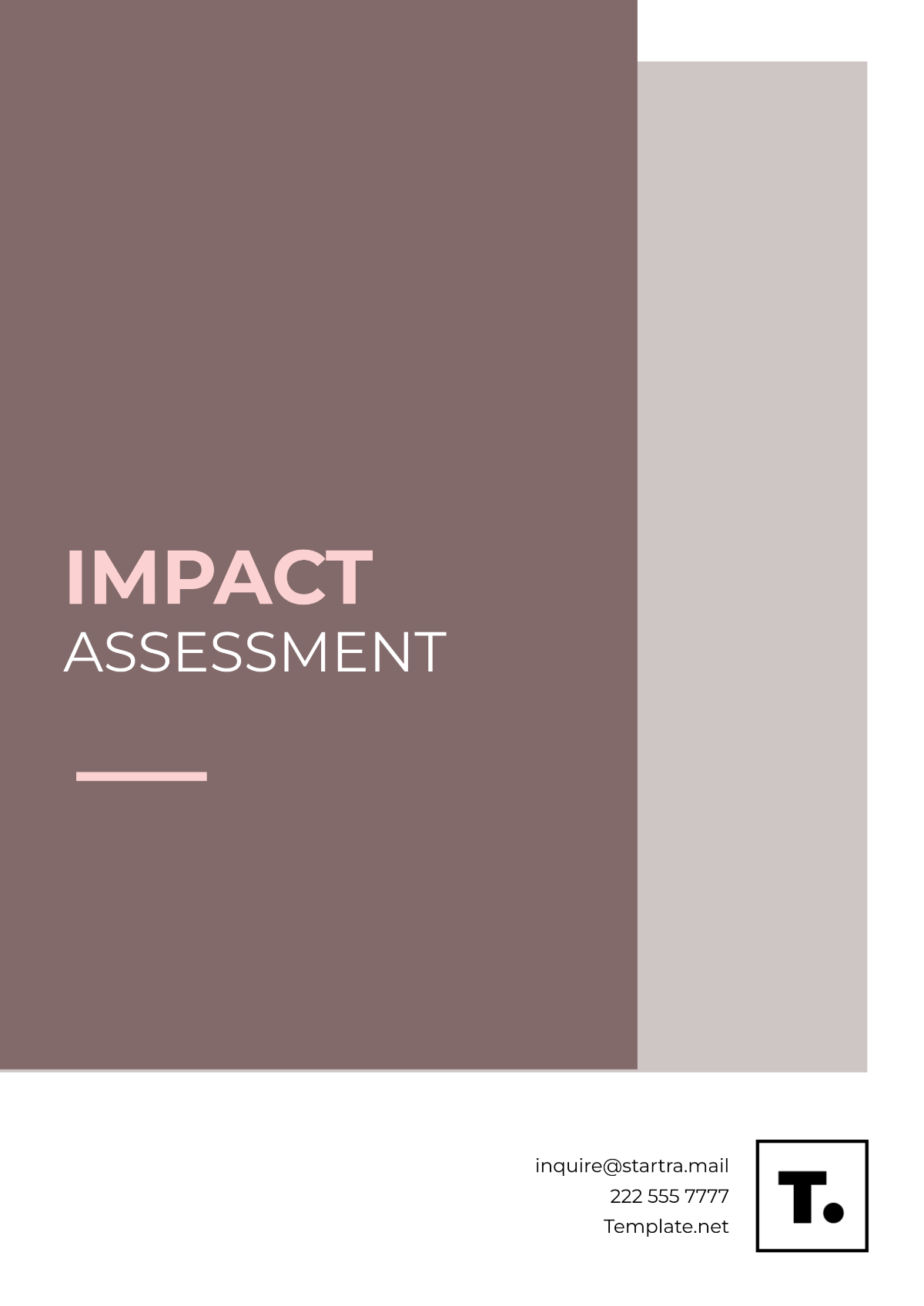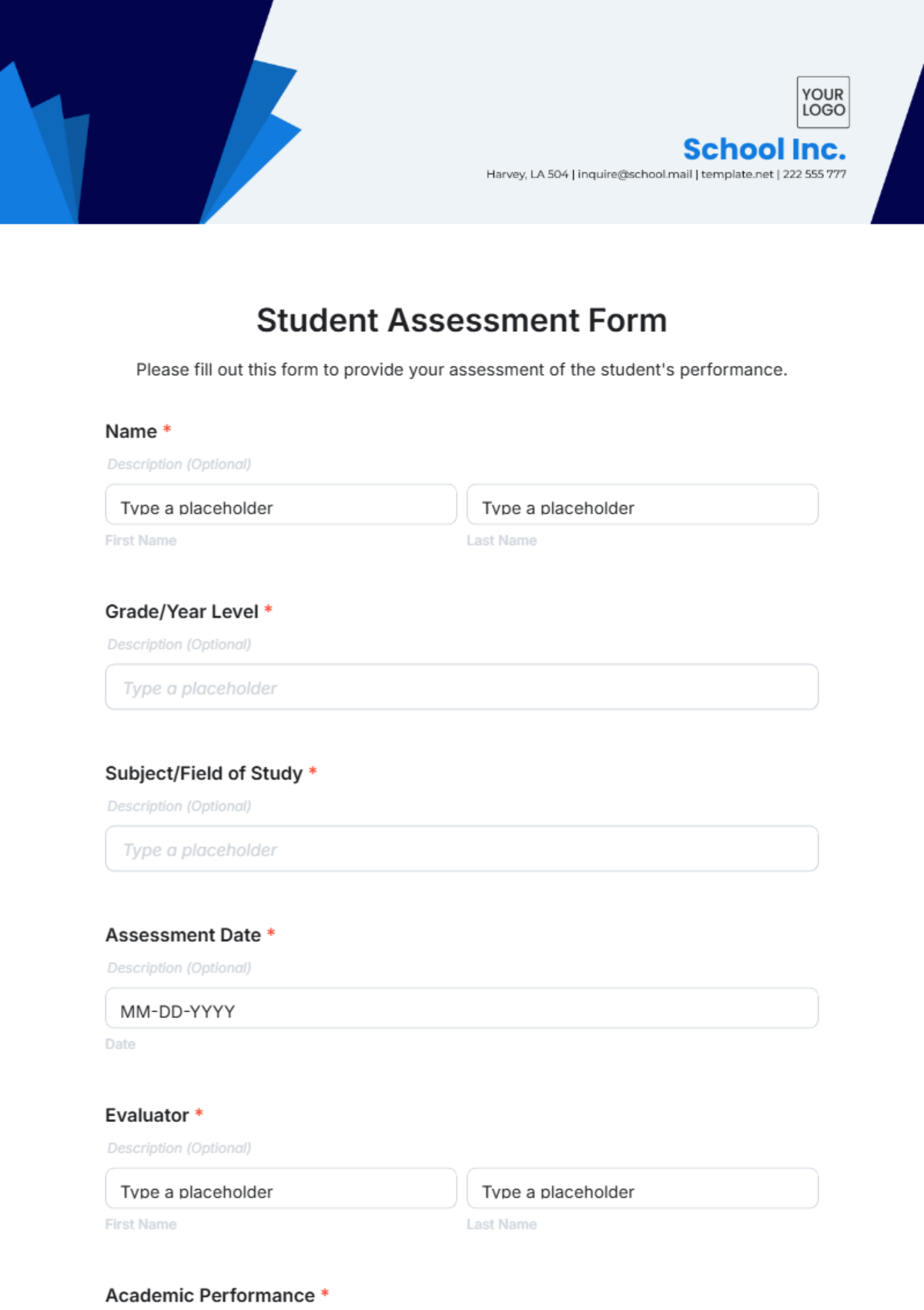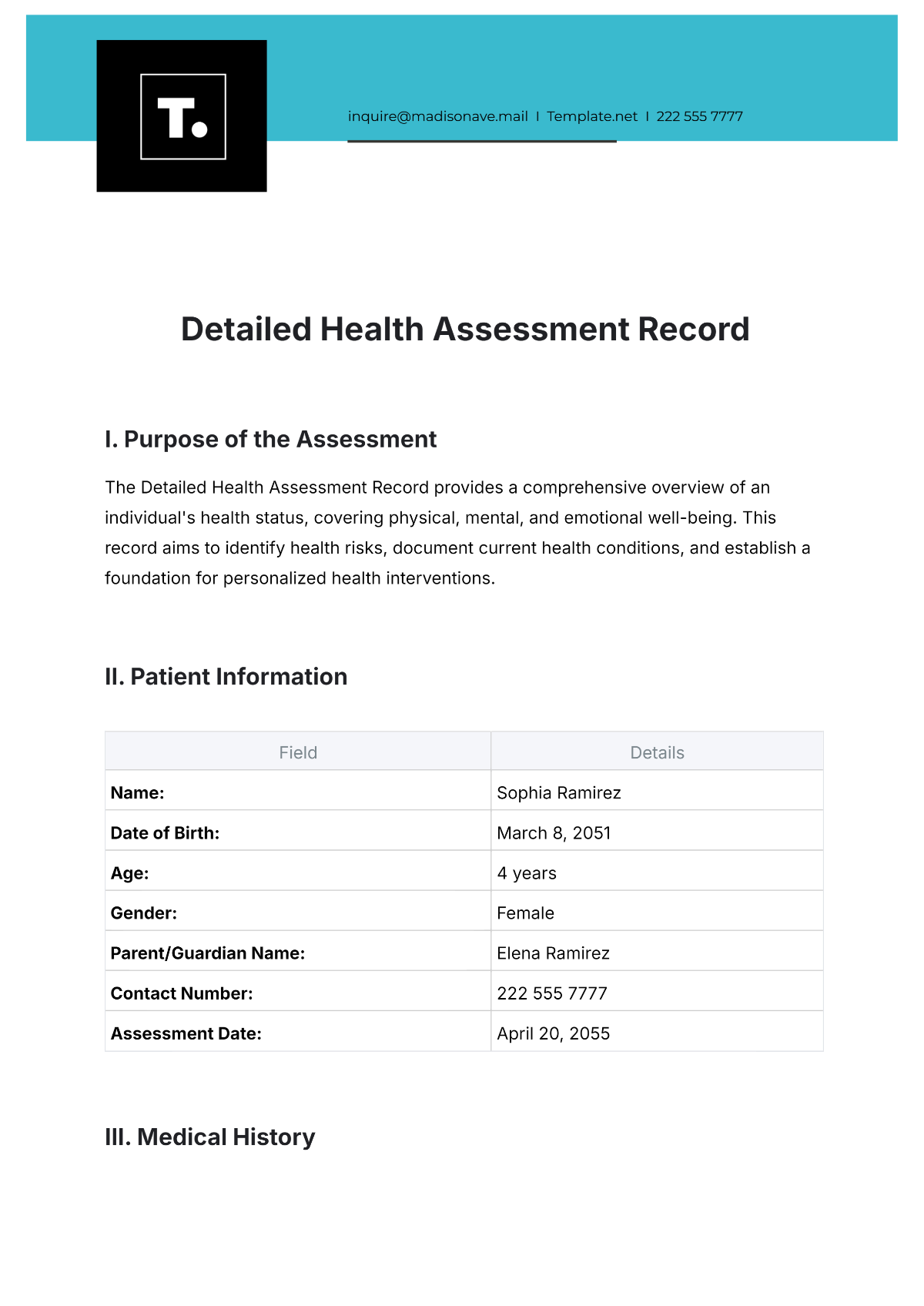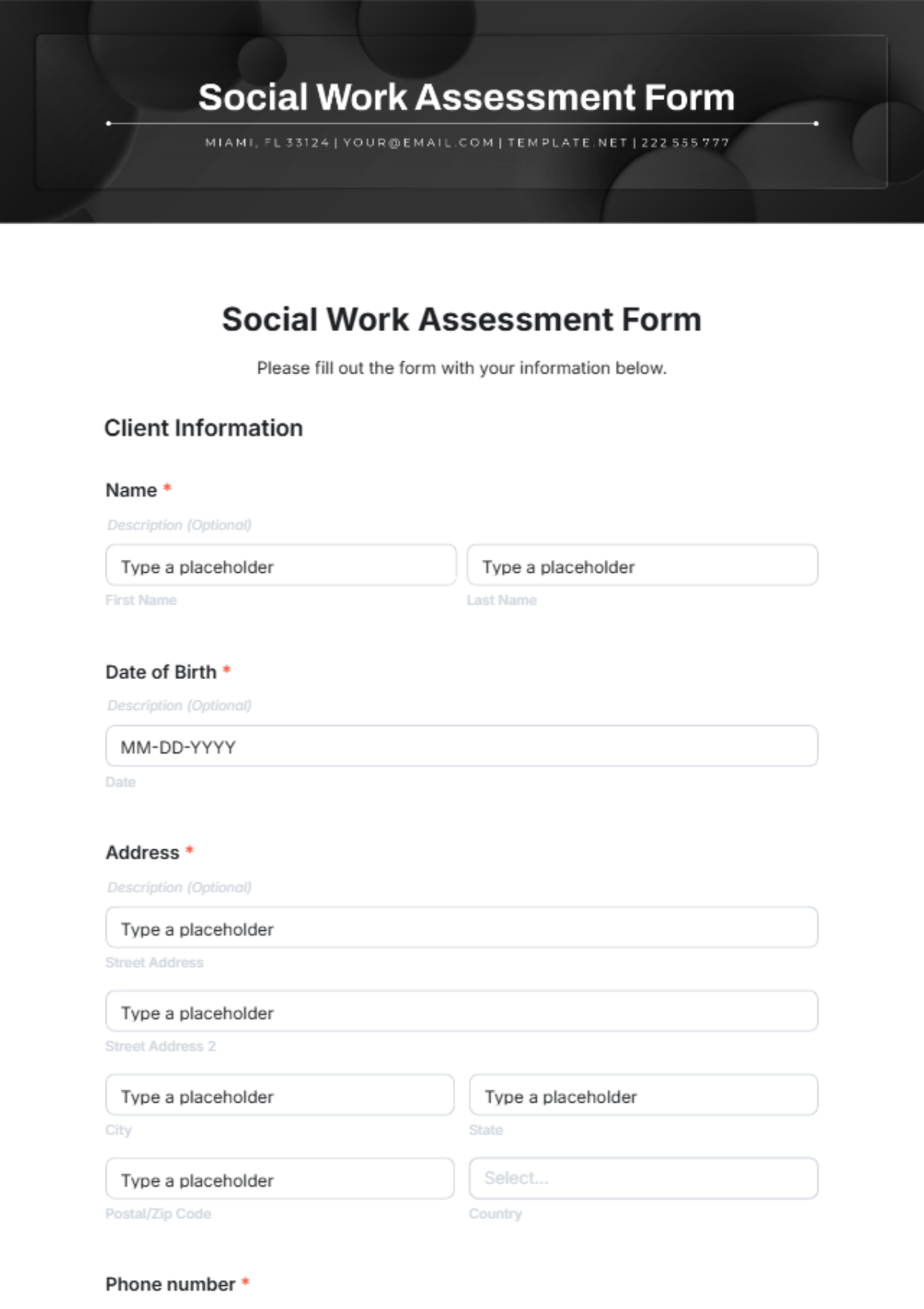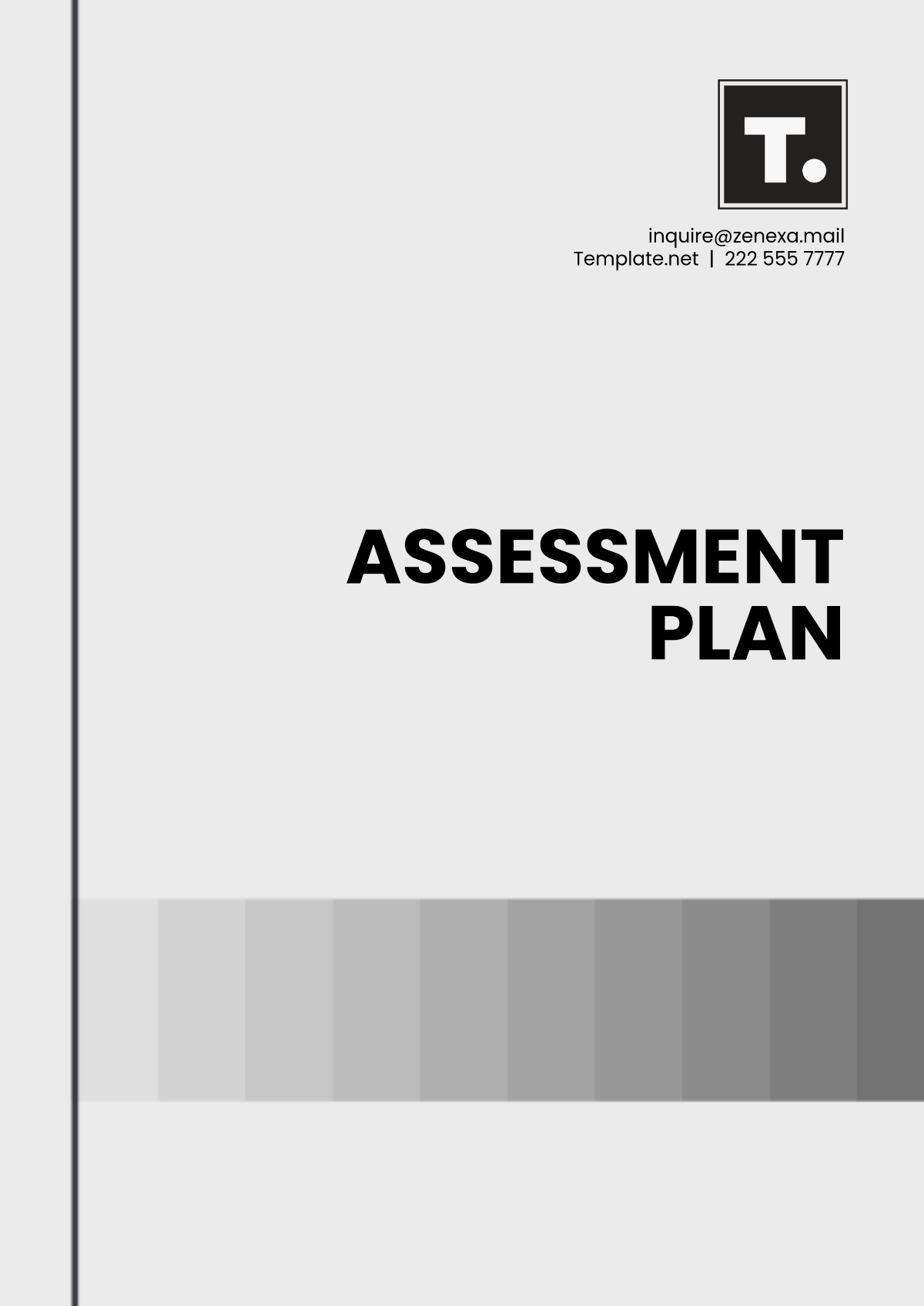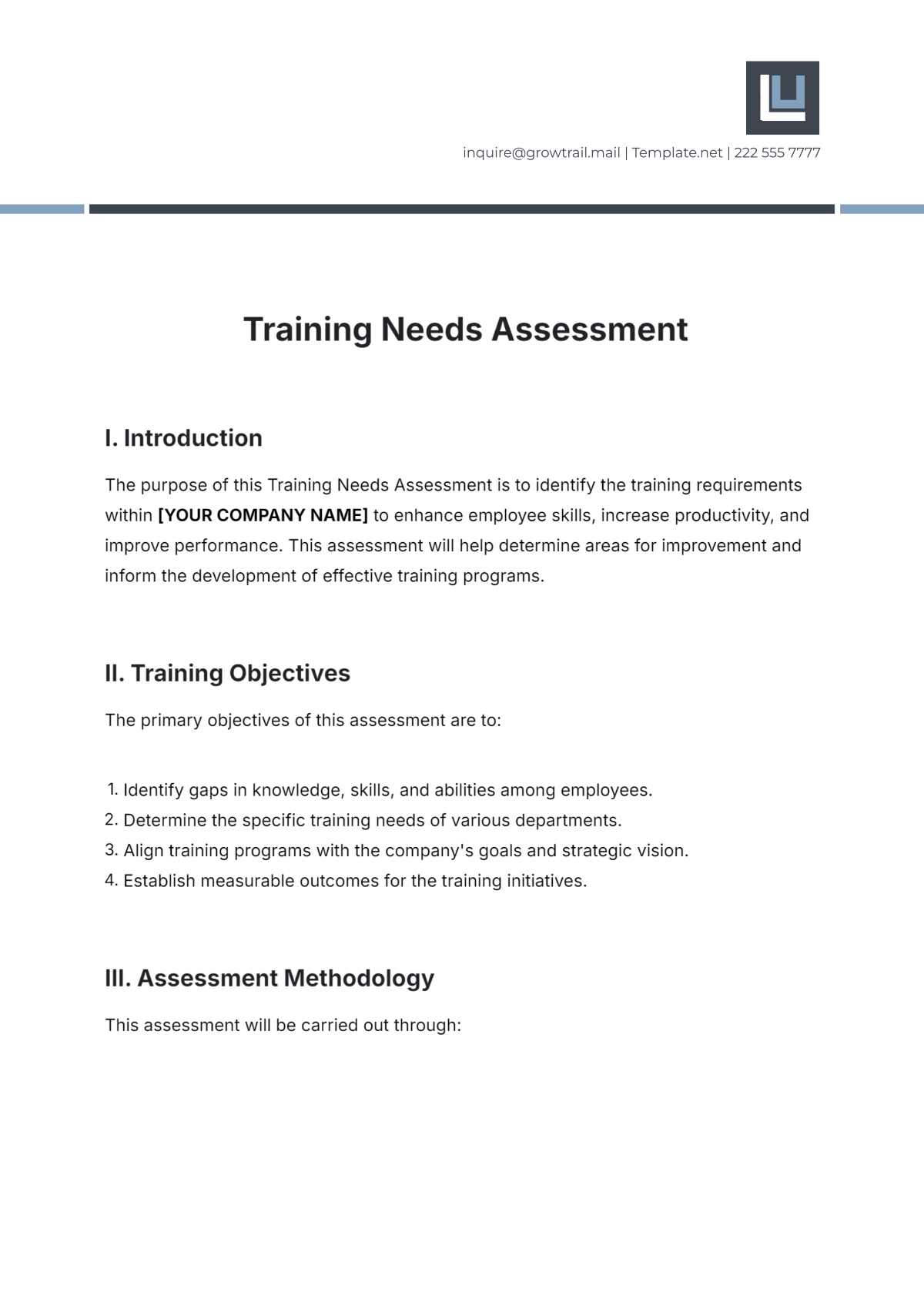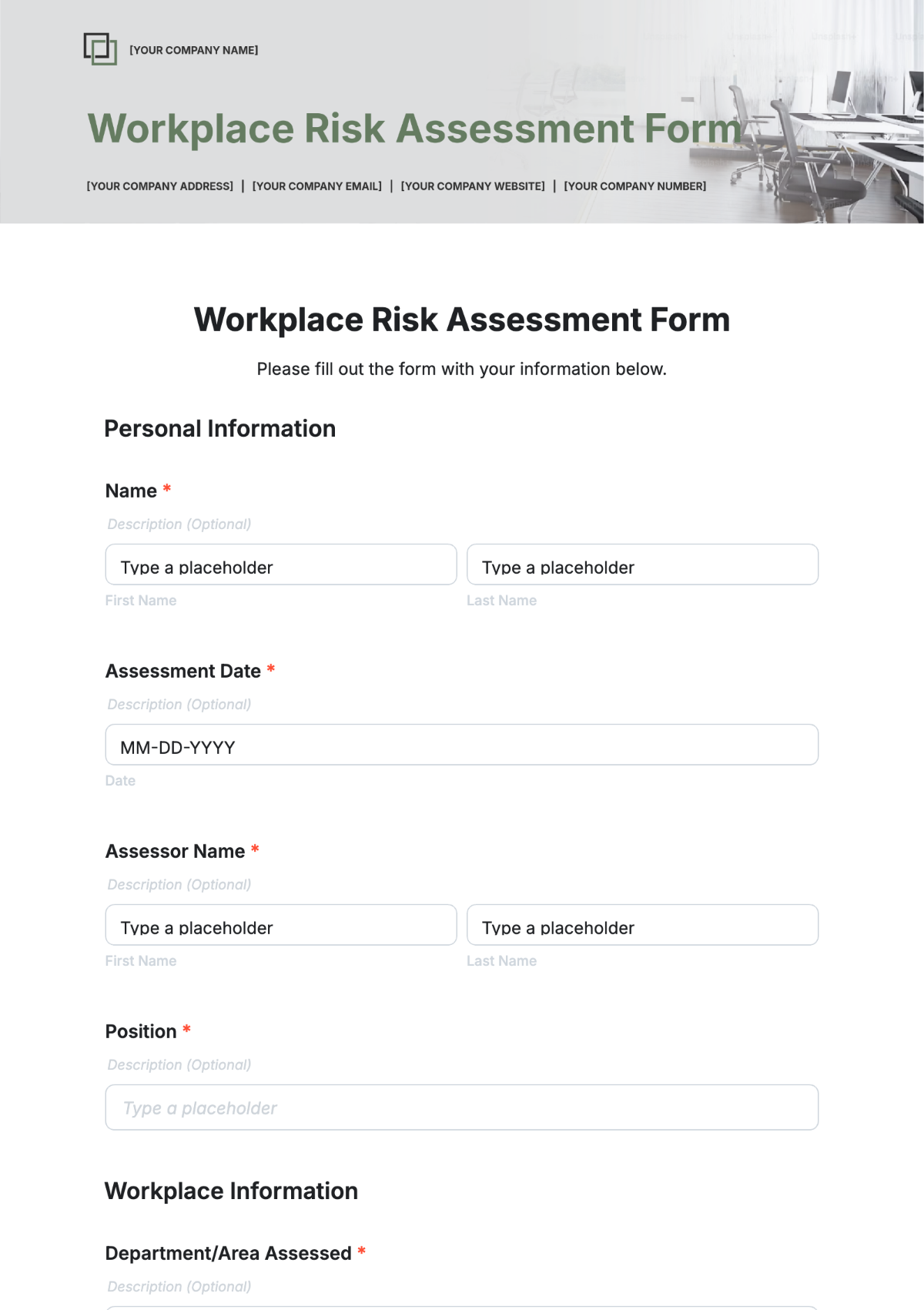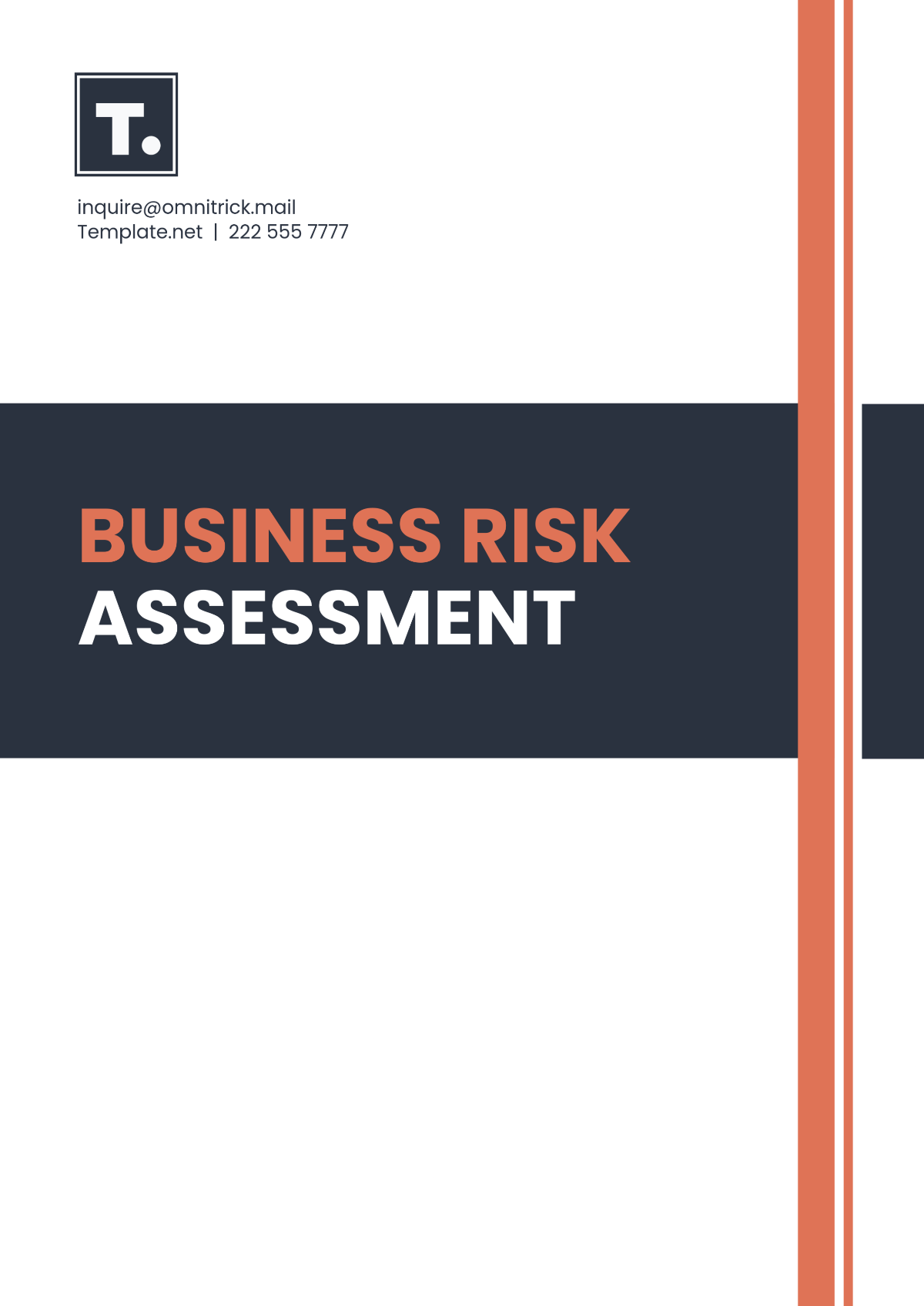Accounts Impact Study
Executive Summary
A. Overview
The Accounts Impact Study is a comprehensive assessment conducted by [Your Company Name] to delve into the potential effects of external and internal factors on various account types. Focused on enhancing strategic decision-making, the study explores market trends, regulatory changes, company policies, and technological advancements. By identifying key drivers and challenges, [Your Company Name] aims to position itself proactively in the evolving business landscape.
B. Key Findings
Market Trends
Market trends analysis reveals a [10%] surge in demand for Type A accounts, primarily driven by specific industry factors. This presents a strategic opportunity for [Your Company Name] to capitalize on the growing market share in this segment. The study recommends aligning marketing and resource allocation strategies to cater to this increased demand.
Regulatory Changes
Anticipated regulatory changes, slated to take effect by [March 04, 2050], are expected to bring about a [5%] reduction in operational costs for Type B accounts. Compliance with these changes not only ensures regulatory adherence but also opens avenues for cost savings. The study recommends prompt adaptation of internal processes to align with the new regulatory landscape and emphasizes the potential for streamlined operations.
Introduction
A. Background
In response to the dynamic nature of the market and the evolving regulatory environment, [Your Company Name] initiated the Accounts Impact Study. The background encompasses the need for adaptability and informed decision-making to stay ahead in a competitive landscape. Recent industry shifts and changing customer preferences underscore the necessity of a proactive approach in managing various account types effectively.
B. Objectives
The primary objectives of the study include:
Assessing Market Dynamics: Understanding the current and emerging market trends influencing account management.
Navigating Regulatory Changes: Analyzing the implications of anticipated regulatory modifications and ensuring compliance.
Optimizing Internal Processes: Evaluating the impact of internal factors like company policies and technological advancements on account management strategies.
Providing Strategic Recommendations: Offering data-driven insights to support [Your Company Name]'s strategic decision-making in the realm of account management.
Methodology
A. Data Collection
To ensure the robustness of the study, a multifaceted approach to data collection was adopted. Internal data, encompassing historical performance metrics of various account types, was extracted from [Your Company Name]'s databases. Market research reports from reputable agencies provided insights into current and projected market trends. Additionally, key stakeholders, including account managers and industry experts, were interviewed to gather qualitative perspectives.
B. Analysis Techniques
The gathered data underwent a rigorous analysis employing both quantitative and qualitative techniques. Regression analysis was utilized to discern patterns in market trends, while cost-benefit analysis was applied to evaluate the potential impact of technological advancements. Qualitative assessments, including expert interviews and scenario planning workshops, provided nuanced insights into the complex interplay of internal and external factors influencing account dynamics.
Accounts Overview
A. Account Types
The study focuses on three primary account types within [Your Company Name]:
Type A:
Represents [40%] of the total accounts.
Historical growth rate stands at [8%] annually.
Key characteristics include [list of key features].
Type B:
Comprises [30%] of the total accounts.
Annual growth rate is [5%].
Distinguished by [list of key features].
Type C:
Accounts for [30%] of the total portfolio.
Experiences a steady growth rate of [6%] per annum.
Notable features encompass [list of key attributes].
B. Current Status
As of [current date], the distribution of account types is as follows:
Type A constitutes [40%] of the portfolio.
Type B accounts for [30%].
Type C comprises [30%].
The average annual growth rate for the overall portfolio is [6%], reflecting a healthy and sustainable trajectory. The study further investigates the unique characteristics and performance metrics of each account type to tailor strategic recommendations.
Impact Analysis
A. External Factors
Market Trends
The analysis reveals a [10%] surge in demand for Type A accounts, driven by [specific industry factors]. This increased demand is consistent with the broader market shift towards [certain product/service]. To capitalize on this trend, [Your Company Name] should focus marketing efforts on Type A accounts, potentially leading to a [15%] revenue increase within the next fiscal year.
Regulatory Changes
Anticipated regulatory changes, effective by [March 14, 2050], are expected to reduce operational costs for Type B accounts by [5%]. Compliance with these changes is critical for avoiding penalties and fostering a positive regulatory relationship. The study recommends allocating resources for immediate adaptation to ensure seamless compliance, potentially resulting in annual cost savings of [$500,000].
B. Internal Factors
Company Policies
Analysis of company policies suggests that revisiting the current policy could positively impact Type C account management. Modifying this policy can enhance customer satisfaction and retention, contributing to a potential [7%] increase in the customer retention rate.
Technological Advancements
Integration of specific technology could streamline account processes, resulting in an [8%] overall increase in operational efficiency. The initial investment of [$1,000,000] in technology implementation is anticipated to yield long-term cost savings and improved service delivery.
Financial Implications
A. Revenue Projections
Taking into account the market trends and regulatory changes, revenue projections indicate a potential overall increase of [12%] across all account types. This includes an estimated additional revenue of [$2,000,000] from Type A accounts and [$1,500,000] from improved retention in Type C.
B. Cost Estimates
The implementation of technological advancements, with an initial investment of [$1,000,000], is forecasted to result in annual cost savings of [$800,000]. Additionally, the adaptation to regulatory changes is expected to incur a one-time cost of [$200,000] for training and system upgrades. However, the subsequent annual cost reduction is estimated at [$500,000].
The overall net financial impact, factoring in revenue projections and cost estimates, is expected to be a positive [10%] increase in net profit, equating to [$2,300,000].
Recommendations
A. Strategic Adjustments
Market-Focused Strategy
Considering the surge in demand for Type A accounts, [Your Company Name] should implement a targeted marketing strategy to capitalize on this opportunity. Allocate [10%] of the marketing budget to campaigns specifically promoting Type A accounts. Additionally, enhance customer engagement through personalized promotions, potentially resulting in a [15%] increase in conversion rates.
Operational Efficiency Enhancement
To realize the benefits of technological advancements, prioritize the integration of technology across all account management processes. Allocate resources for employee training to ensure a smooth transition. The anticipated [8%] improvement in operational efficiency is projected to result in significant annual cost savings, enhancing overall profitability.
B. Risk Mitigation
Compliance Monitoring
Establish a dedicated team to monitor ongoing regulatory changes and ensure continuous compliance. Conduct regular audits to identify and address any potential compliance gaps. This proactive approach will mitigate the risk of regulatory penalties and maintain a positive standing with regulatory bodies.
Change Management
Implement a comprehensive change management plan to facilitate the adoption of new policies and technologies. Provide thorough training sessions for employees to minimize resistance to change and ensure a smooth transition. Effective change management will contribute to successful implementation and maximize the benefits outlined in the study.
Conclusion
The Accounts Impact Study has provided valuable insights into external and internal factors affecting various account types within [Your Company Name]. Strategic adjustments, such as a market-focused strategy for Type A accounts and the enhancement of operational efficiency through technological integration, are recommended. Additionally, proactive risk mitigation measures, including compliance monitoring and change management, will ensure a seamless transition and sustained success.
The financial implications, including revenue projections and cost estimates, indicate a positive [10%] net increase in profitability, amounting to [$2,300,000]. By implementing the recommended strategies and mitigating potential risks, [Your Company Name] can position itself for continued growth and success in the evolving landscape of account management.




